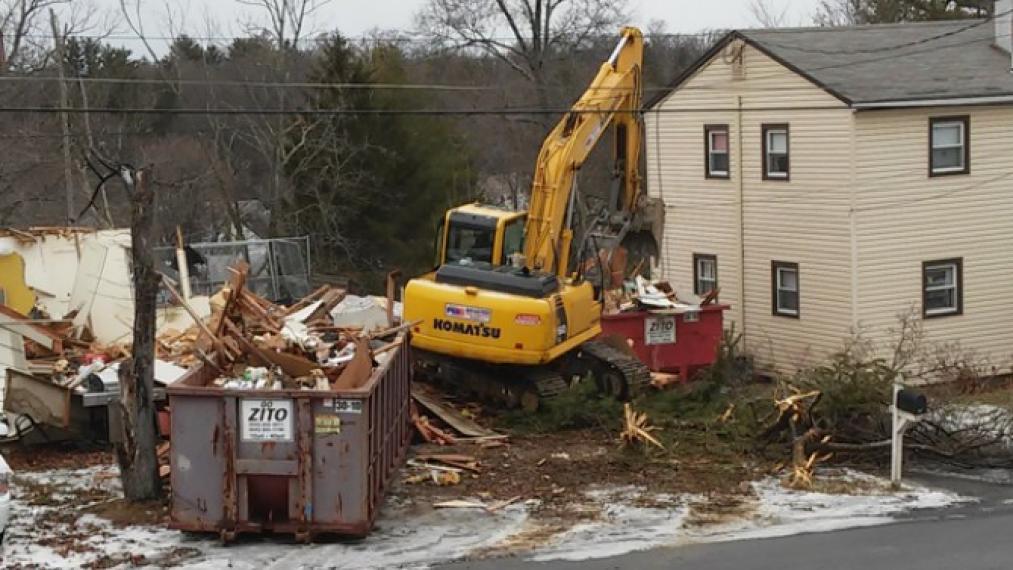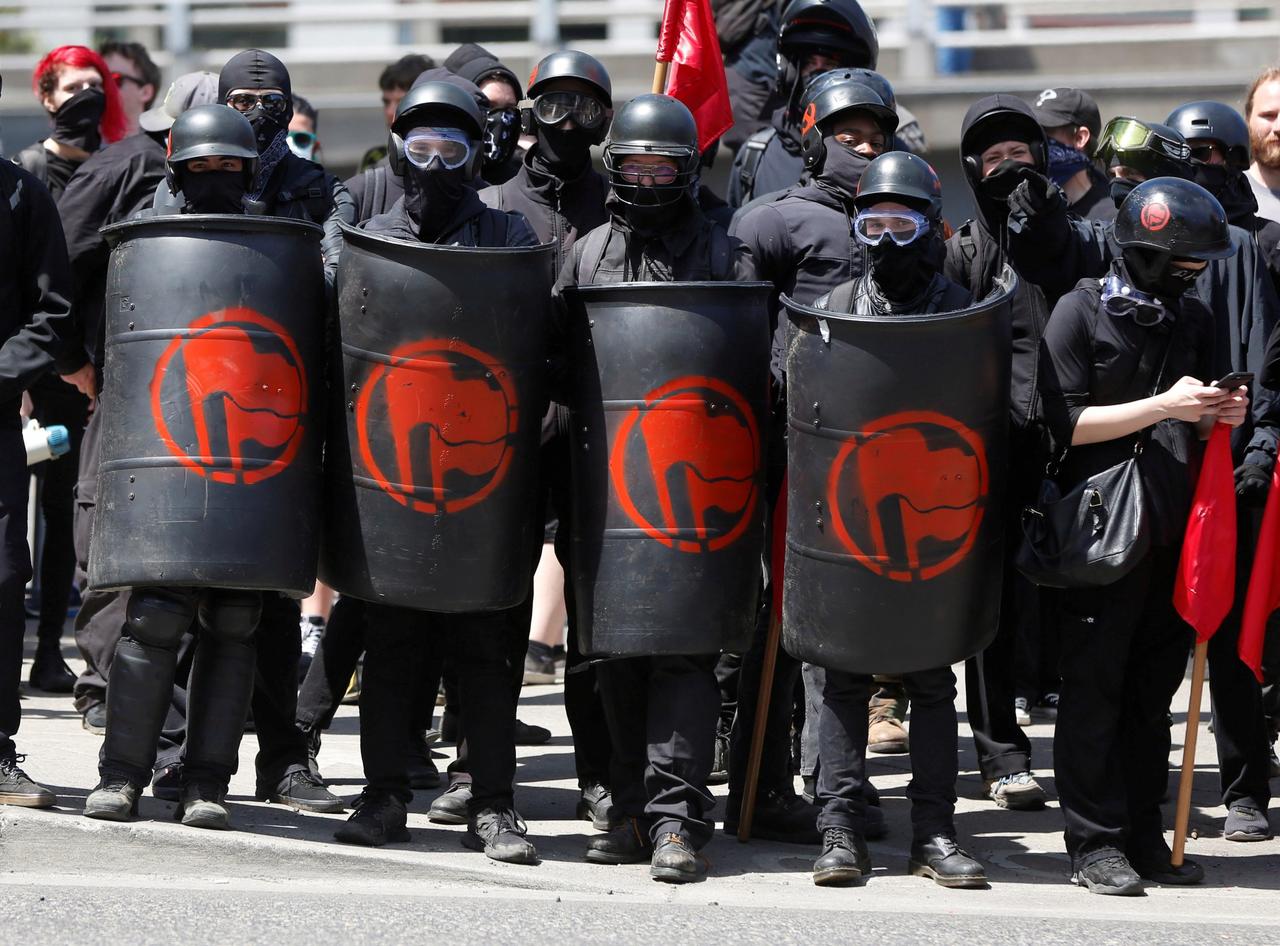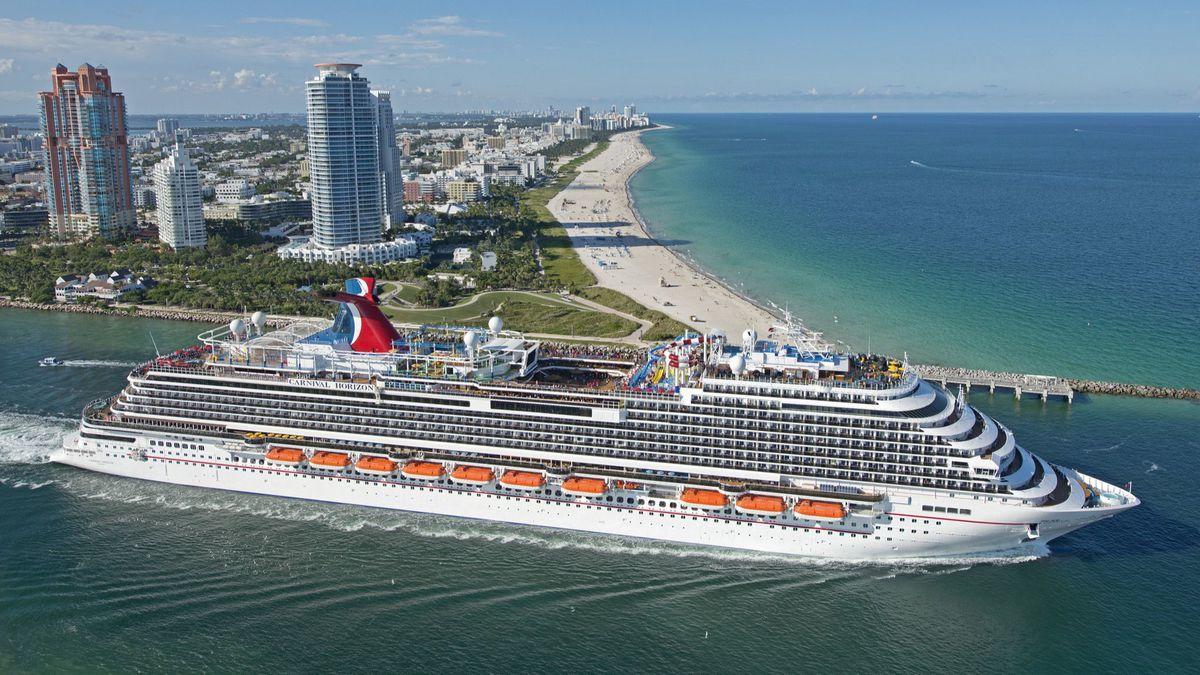By Kristoffer Mousten Hansen of Mises,org
Historical events are complex phenomena, and monocausal explanations are therefore by definition wrong when explaining history. Many factors go into explaining why people and the world’s governments reacted as they did to the coronavirus. It is, however, my contention that examining the inflationary policies pursued by central banks and governments are fundamental to understanding how the current corona hysteria developed.
Calling it hysteria may sound harsh. When the coronavirus first started to draw attention back in February, and when most Western countries instituted extremely restrictive measures in March, one could make a plausible argument that the world was dealing with an unknown and seemingly catastrophic disease and that therefore extreme measures were justified. To be sure, this does not mean that the measures implemented were in any way effective, nor that the sacrifices imposed were morally justified; but there was at least an argument to be made.
At this point in time, however, the Centers for Disease Control and Prevention (CDC) has repeatedly cut the COVID-19 fatality rate, and it is now comparable to a bad year of the seasonal flu (see the useful aggregation of studies and reports by Swiss Propaganda Research). The glaring question therefore is: Why do governments across the West act as if they were still dealing with an unprecedented threat? It is no good to simply reply that what politicians really want is power and that they are just using coronavirus as an excuse for extending government control. While a plausible claim, it does not explain why vast majorities in most countries support whatever policies their rulers have thought good. Given the extreme restrictions placed on social and economic life and the mendacious, ever shifting narrative used to justify them, one would think that there would be widespread opposition after four months. So why is there practically none?
Inflation in the Age of Corona
We can better understand this strange phenomenon if we consider the inflationary policies pursued by central banks across the world. I’ll here cleave to the old definition of the term inflation and the one still favored by Austrian school economists: an increase in the quantity of money. The rise in prices which is commonly referred to as inflation is simply the effect of such an increase. While the complexities of modern central banking can sometimes obscure the realities of the process, there can be no doubt that the last couple of months have seen very high levels of inflation.
Modern central banks are no longer content with the classic role of lender of last resort. As the financial system has evolved, central banks have assumed the role of market maker of last resort—that is, they have either implicitly or explicitly assumed the responsibility of making sure that there is always a buyer for financial assets—and first of all government bonds. Thus the Federal Reserve’s balance sheet has ballooned from just over $4 trillion at the beginning of March to now just below $7 trillion; the Bank of England’s has increased from about £580 billion in March to about £780 billion; and the European Central Bank has increased its holdings from about €4.6 trillion to about €6.3 trillion. The balance sheets of the largest central banks thus expanded by between 35 and 75 percent in about five months.
Inflated central bank balance sheets suggest inflation is coming, but actual inflation of the money supply naturally lags behind, since central bank purchases of bonds and securities do not necessarily result in an immediate expansion of the stock of money. The American money stock (measured by the monetary aggregate M2) grew from $15.5 trillion to $18.4 trillion (March–July 13), the British one from £2.45 trillion to about £2.67 trillion (January–May) and the euro area money stock from €12.4 trillion to almost €13.2 trillion (January–June). The annualized rates of inflation in the major monetary areas during the corona episode is then between about 13 (eurozone) and about 50 (USA) percent, well above the norm. If we look at the Austrian, “true” measure of the money supply (TMS) for the United States, we see a similar picture, as the TMS in June grew 34.5 percent year over year (YOY).
The Effects of the Present Inflation
Inflation is not an act of God; it is the outcome of a determined policy on the part of governments and central banks. Such a policy has both long-run and short-run effects, which brings us to the first and most obvious way in which inflation has fueled corona hysteria: by essentially putting freshly printed money at the disposal of governments, these latter have been able to first shut down their countries and then pose as saviors as they distributed largesse to workers and businesses. The states have often reimbursed the costs of furloughing employees, either directly or through (sometimes forgivable) loans to companies, or they have distributed generous unemployment benefits to the workers. This, and not any economic collapse, is the story behind the unprecedented spike in unemployment claims in the United States. The central bank has also created facilities to lend to municipal governments and the Main Street Lending Program to “support lending to small and medium-sized businesses and nonprofit organizations that were in sound financial condition before the onset of the COVID-19 pandemic.”
The effect of these programs and policies and others like them in other countries has been to mitigate the direct impact of government-imposed shutdowns. Businesses may have no revenues, but government aid and loans allow them to meet their contractual payments; workers may be unemployed, but generous unemployment subsidies allow them to maintain themselves comfortably; government support of furloughing schemes hides the true extent of unemployment caused by the shutdowns. And all this seemingly at no cost, since no one notices the inevitable dilution of the purchasing power of the monetary unit.
In the absence of these inflationary policies, the consequences of the shutdown would be much more immediately apparent. Workers would have to spend out of their saved cash and liquidate their savings, while businesses earning no revenues would start to default on their contractual payments. A drastic fall in the prices of real and financial assets would have resulted. The pressure to end the restrictions would have been much stronger. Instead, it looks to most people as if they can go on at their old standard of living indefinitely—or at least as long as they continue to receive their government checks. The economic effects of the shutdown are still the same, however: dislocation of the production structure and capital consumption on a vast scale, but these have been hidden—papered over by inflation and government support.
To the individual business owner and worker, the economic reality is hidden. Inflation leads to a fundamental disconnect with reality. Paul Cantor has previously described “the web of illusions endemic to the era of paper money” and how inflation destroys people’s sense of reality. In our case, inflationary monetary policy has hidden the costs of engaging in pandemic hysteria, and hence people do not—indeed, cannot—take account of economic realities when assessing the coronavirus and the shutdowns. Governments at all levels can continue to pose as saviors, inventing new mandates and restrictions to combat the nonexistent threat. Germophobes and busybodies can obsess over other people trying to go about their normal lives, since both the costs to them personally and to society as a whole are completely hidden. How many Karens would have the time to boss peaceful citizens around if they had to actually work to earn a living?
Eventually and pretty quickly, these policies will result in price inflation and a hollowing out of the standard of living. Not only has production been severely restricted, as seen in the drastic fall in US GDP figures; insofar as the newly printed money is used on unemployment compensation in different forms, it will quickly reach normal consumers and be spent on consumer goods. If the programs go on much longer, consumer price inflation, as a result of the fiat money inflation, cannot be far off. Once that happens, only increased rates of inflation can keep the programs going—for a time.
The Effects of the Inflationary System
The effects of the inflationary system as such are much more far-reaching than economic dislocation and destruction, however. Fiat money produced out of thin air by central bankers leads to a long-run change in social attitudes and personal character. Joseph Salerno in a stimulating paper discusses how hyperinflation leads to the destruction of personality, and following Guido Hülsmann,
I would argue that fiat inflation entails the erosion of culture and character. This is perhaps most fully in evidence in Japan, where people have suffered under artificially low interest rates for decades. What are some of the consequences of an inflationary fiat standard and the culture it brings about, and what is the connection to the corona crisis? There is first of all a change in time preferences, as inflation leads to repressed interest rates and hence less incentive to save and invest. People’s time horizons change, as they increasingly discount long-run value creation and instead focus on present enjoyments and short-run yields. The changing role of central banks only intensifies this development. Instead of “lenders of last resort,” central banks are now “market makers of last resort.” That is to say, stock markets and bond prices cannot be allowed to fall, and it is the role of the banks to make sure they don’t. As a consequence, investors increasingly turn to the pursuit of short-run yields.
This change in time preference has effects beyond the market. Since a premium is placed on short-term thinking in market affairs, naturally people transfer the same attitude to their nonmarket pursuits. Present benefits and present dangers are both emphasized at the expense of future costs and benefits, respectively. It is not hard to see the connection to the virus: since there is a possibility that the virus may potentially be very dangerous, people get frightened and act to make the fear go away. No matter the future consequences of their actions, the present danger of the virus trumps all.
Closely connected to this change in time preferences is a skewed perception of reality. Inflation alters what constitutes successful action, since it is increasingly no longer productive endeavors but closeness to the source of inflation that determines the individual’s success in life. Since the ability of the central banks to create paper wealth seems virtually boundless, naturally people come to have unrealistic expectations of what is possible. Of course we can have a shutdown. We’ll have a central bank–fueled “v-shaped” recovery once it’s over. Of course governments can and should do whatever it takes to protect us from the virus. They can just finance spending with paper money for however long it takes. Whatever costs there are to these courses of action are hidden or far in the future.
Conclusion
There are many reasons for the corona crisis and the present almost total government control of the economy and society. But if we want to understand why states across the Western world have met virtually no resistance in their quest for power, we need to understand the role of inflation in enabling governments: directly through hiding the real costs and pain of the shutdowns, but also more fundamentally by distorting culture and personal character.





